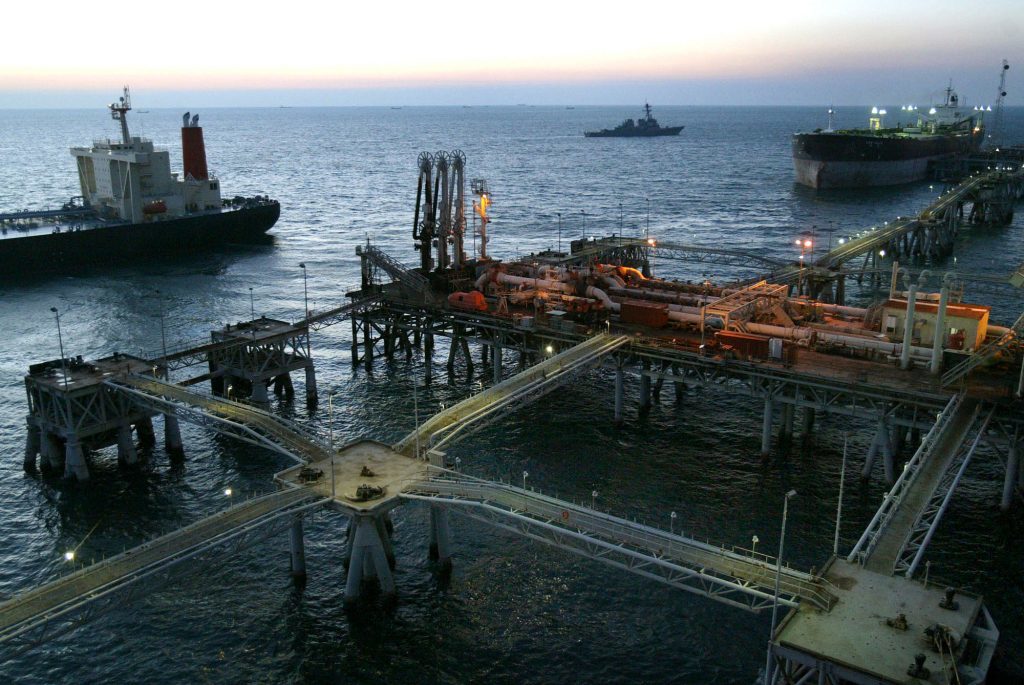
Oil traded near the highest close in more than two years before OPEC meets this week to discuss extending supply cuts.
Futures slid 0.5 percent in New York after rising 1.6 percent Friday to the highest since June 2015. OPEC and Russia, a partner in the deal, have crafted the outline of an agreement to extend curbs to the end of next year, according to people involved in the conversations. In the U.S., drillers targeting crude added nine rigs last week, according to Baker Hughes.
Oil has advanced about 24 percent since the start of September on speculation the Organization of Petroleum Exporting Countries and its allies will prolong output reductions to drain a global glut. Russia had been hesitating over agreeing to extend cuts at the Nov. 30 OPEC meeting in Vienna because the current deal doesn’t expire until the end of March.
“It’s likely we’ll see an extension of the OPEC-led cuts,” said David Lennox, a commodity analyst at Fat Prophets in Sydney. “The market is becoming more positive about the outlook for 2018. The response from the U.S. is the key. We’ve seen output there lift quite substantially after the recent price gains.”
West Texas Intermediate for January delivery was at $58.64 a barrel on the New York Mercantile Exchange, down 31 cents, at 2:45 p.m. in Hong Kong. Total volume traded was about 57 percent above the 100-day average. Prices gained 93 cents to $58.95 on Friday, capping a 4.2 percent weekly advance.
For a Gadfly column on OPEC and the U.S. shale industry, click here.
Brent for January settlement slid 8 cents to $63.78 a barrel on the London-based ICE Futures Europe exchange. Prices rose 1.8 percent last week. The global benchmark crude traded at a premium of $5.15 to WTI.
OPEC and Russia are still hammering out crucial details for an extension, the people involved in the conversations said last week. Russia wants the deal to include new language that would link the size of the curbs to the health of the oil market, they said.
Oil-market news:
Global crude inventories are declining and supply and demand are in balance, Amin Nasser, the chief executive of Saudi Aramco, said Sunday in the eastern Saudi city of Dhahran. Iraq’s hitting a couple of speed bumps as it gears up for 2018 oil sales, after the OPEC producer made unprecedented moves to sell one-off cargoes this year in addition to supplies under long-term contracts.
Recommended for you
